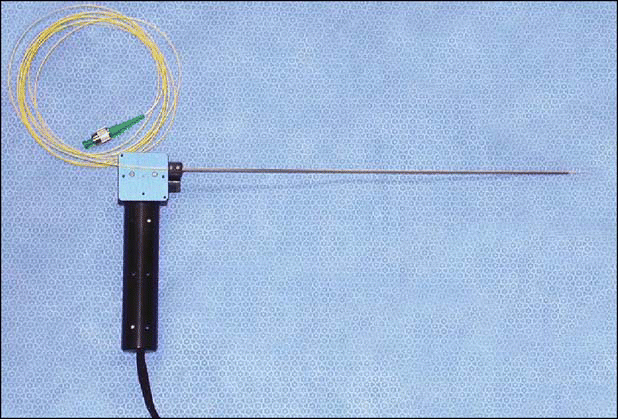OCT is not as good as microscopy, but you see much deeper in the tissue, on the order of about a millimeter, with very high resolution. Current systems in our laboratory are approaching one micron resolution, Dr. Wong added.
Explore This Issue
September 2006Future
This technology will likely follow the same adoption and usage dynamics as CT, ultrasound, and MRI, Dr. Wong said.

The OCT procedure will require training, Dr. Wong added. I think that this is the type of technology that is probably going to make its way into residency training programs first, but I think that clinicians who want to use OCT in their offices are probably going to take some CME courses.
With new imaging modalities, the line between surgeon, pathologist, and radiologist is blurring, Dr. Wong noted. OCT technology is certainly going to involve pathologists, but a pathologist is not in the operating room with the patient-there are other technologies that are being developed where surgeons are really going to have to understand how to do imaging. This is already happening in other applications-surgeons know how to interpret ultrasound so they can use the information intraoperatively or in the office or clinic. So there is certainly a precedent for that, Dr. Wong added.
More work still needs to be done in terms of instrumentation design and technology improvement, Dr. Wong noted. The capabilities of OCT need to be improved in terms of acquisition time speed and resolution. This is an active area of research by investigators in several institutions in optical sciences in the US, Europe, and Asia.
We are trying to identify and characterize both normal and pathological structures and we are still in the early stages in terms of optimizing the equipment in terms of ergonomics, of being able to use it in a non-invasive manner, and in terms of miniaturization, Dr. Armstrong said. Research work is also focusing on improving the software and hardware so that it can be easily used in a clinical situation and be adaptable to the clinician.
Research systems at UC-Irvine could be taken into clinical implementation in the next two years, the researchers predict.
Leave a Reply